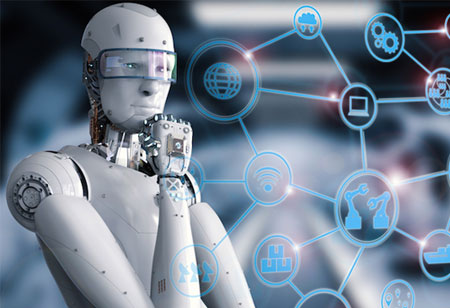THANK YOU FOR SUBSCRIBING
Will Big Data, ML, and AI Change the Dynamics of Employment?
Due to the proliferation of technologies such as Big Data, ML, and AI, 2018 will witness a significant boost in the recruitment of technology professionals in these domains.

By
Apac CIOOutlook | Thursday, January 01, 1970
Stay ahead of the industry with exclusive feature stories on the top companies, expert insights and the latest news delivered straight to your inbox. Subscribe today.
Due to the proliferation of technologies such as Big Data, ML, and AI, 2018 will witness a significant boost in the recruitment of technology professionals in these domains. In the next two decades, nearly 47 percent of jobs will be on the cusp of being automated, reads a study from Oxford University’s Department of Engineering. For example, in the manufacturing sector, the self-driven cars and robots have had a massive impact in automating several operations. Also, in specific service industries, AI can be leveraged more for problem-solving as this sector has great scope for employment than agriculture or manufacturing. Owing to the growth of AI and Machine Learning powered processes, the blue-collar and white-collar jobs will be eliminated in the future. This will primarily affect those with middle-skills, and the number of jobs related to programming, robotics, and engineering will gradually mount in the future.
The transition will have a negative impact on society as the middle-skilled personnel have to undergo significant training sessions to upscale their skills and sustain their jobs. However, in extreme cases, some jobs may completely disappear as with AI, some processes can be carried out in an automated manner. In the initial years, AI-assisted systems may eliminate low-skilled jobs, but in the longer run it may not have a huge impact. However, it may bring income inequality if the job seekers don’t develop adequate skills with time. Today, AI is capable of penetrating every business function within an organization, and in the long run, it can replace the human efforts in an organization.





